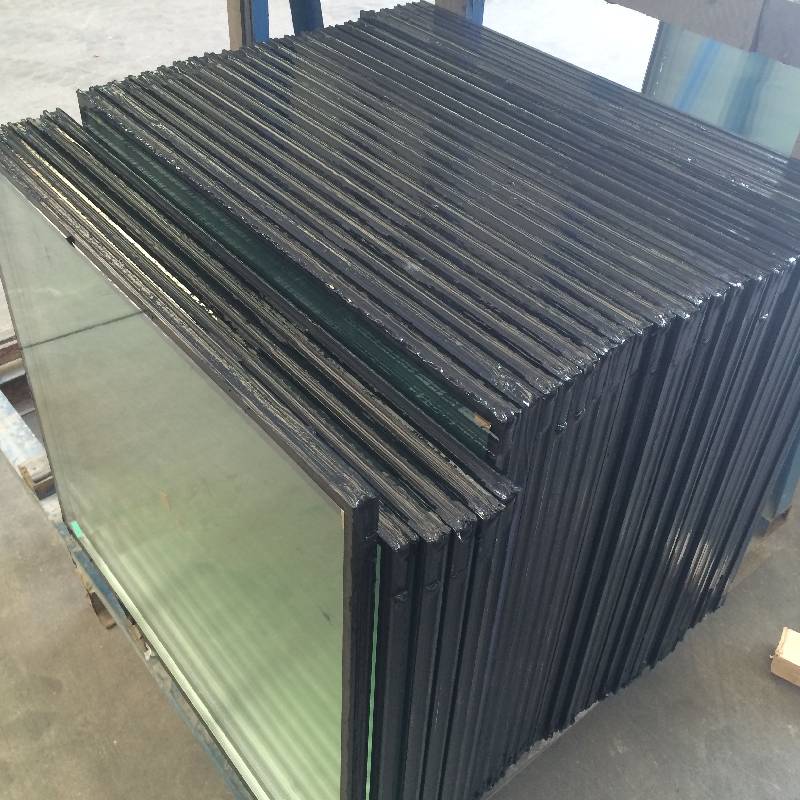

The Aesthetic Charm of Frosted Glass A Translucent Marvel
In the realm of interior design and architectural aesthetics, few materials captivate the imagination quite like frosted glass. Often employed in a myriad of applications, from privacy screens to decorative panels, frosted glass embodies a delicate balance of beauty and functionality. Its unique translucent quality allows light to filter through while obscuring clear visibility, making it an ideal choice for spaces where both illumination and privacy are paramount.
Frosted glass, produced by sandblasting, acid etching, or applying a frosted film, features a surface texture that diffuses light. This characteristic creates a soft, ambient glow that enhances the atmosphere of any environment. Unlike clear glass, which can sometimes feel stark and uninviting, frosted glass adds a touch of warmth and elegance. This quality makes it particularly popular in residential settings, such as bathrooms, where privacy is essential, as well as in commercial spaces like offices, where an open yet private atmosphere is desired.
The Aesthetic Charm of Frosted Glass A Translucent Marvel
In homes, frosted glass has found a significant place in doors, windows, and room dividers. Interior designers favor its use in sliding doors that separate living spaces, allowing natural light to pervade the rooms while maintaining an element of privacy. This characteristic is particularly valued in urban living environments, where open-concept layouts are prevalent. By employing frosted glass, homeowners can demarcate areas without the heaviness of solid walls, creating a sense of openness that still feels inviting.

Beyond aesthetics, frosted glass offers practical benefits. Its opacity helps to minimize glare from sunlight and reduces visibility into spaces, making it a functional choice for areas where revealing too much is not desirable. Furthermore, it provides a degree of insulation, which can enhance energy efficiency when used in windows and doors. As sustainability continues to be a global focus, choosing materials that are both functional and environmentally friendly, such as frosted glass, becomes increasingly important.
The popularity of frosted glass is not just confined to interior design; it has also made significant inroads in the world of art and sculpture. Artists and craftsmen utilize this medium to create captivating installations that play with light and shadow. The unique way frosted glass interacts with light can evoke emotions and provoke thought, making it a powerful medium in the contemporary art scene.
In commercial settings, frosted glass is widely adopted in signage, conference room partitions, and even in elevators. It offers a professional and stylish appearance while maintaining confidentiality in discussions held within glass-walled rooms. Moreover, the ability to customize frosted glass with company branding introduces an innovative element that enhances corporate identity.
In conclusion, frosted glass is more than just a building material; it is a design element that elegantly blends form with function. Its translucence offers a myriad of applications, from enhancing privacy to creating luminous spaces filled with soft light. Whether in a home, an office, or an artistic installation, frosted glass continues to be an enduring favorite among designers and homeowners alike. As we move forward into an era where aesthetic considerations become increasingly intertwined with functionality, the allure of frosted glass will undoubtedly persist, illuminating our environments with its enchanting glow.